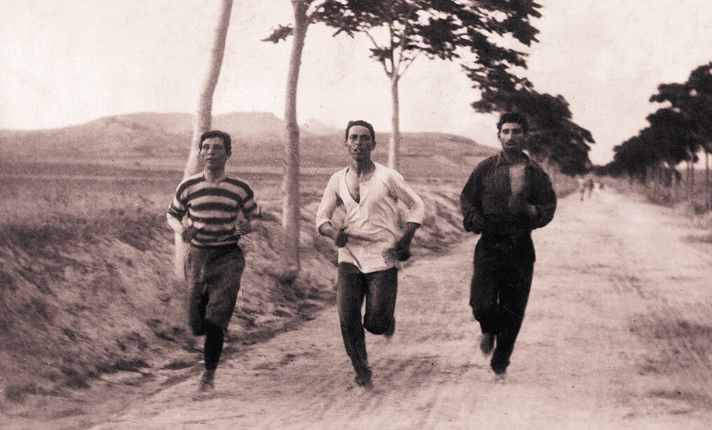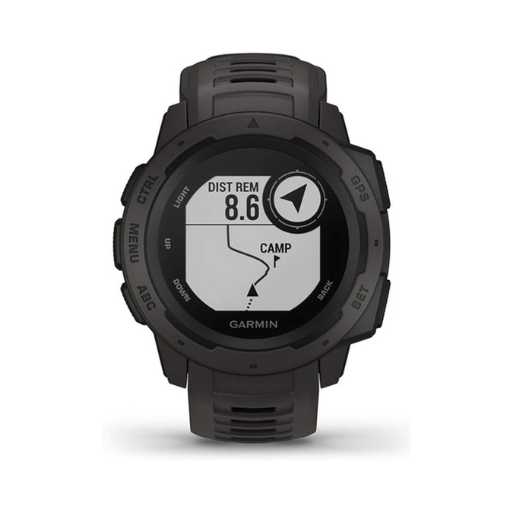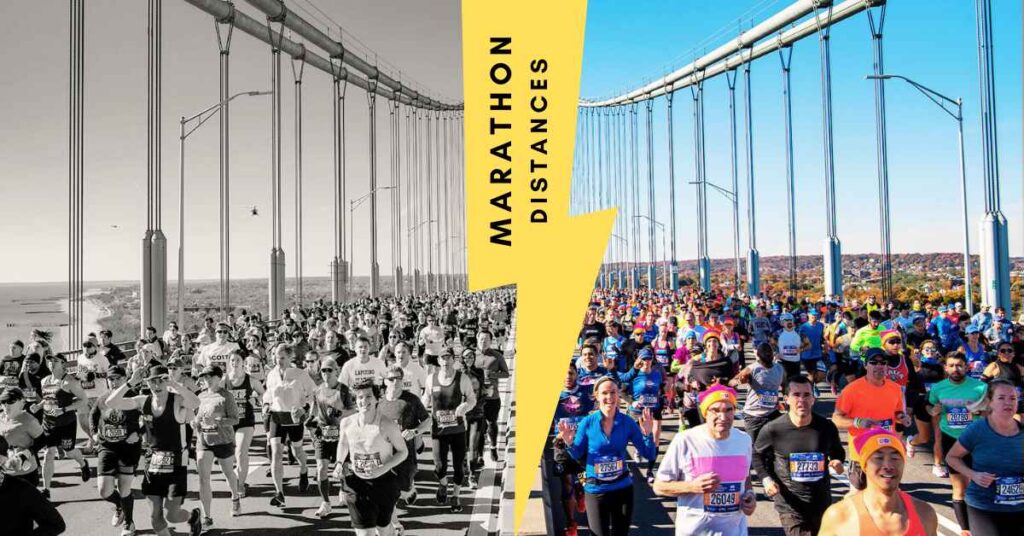Marathons are synonymous with endurance, determination, and athletic excellence. The history of marathon distances and the evolution of these races reflect the rich tapestry of human endeavor and cultural heritage. In this article, we will explore the historical origins of marathon distances, the standardization of the 26.2-mile distance, variations in marathon lengths, and the modern-day marathon experience.
The Historical Origins of Marathon Distances
The concept of the marathon race dates back to ancient Greece. According to legend, the origins of the marathon are rooted in the story of Pheidippides, a Greek messenger. In 490 BCE, Pheidippides was said to have run approximately 25 miles from the battlefield of Marathon to Athens to announce the Greek victory over the Persians. Upon delivering the message, he collapsed and died from exhaustion. This legendary run inspired the creation of the marathon race, although historical accuracy and details of the story are often debated.
The Birth of the Modern Marathon:
The modern marathon race was established during the first modern Olympic Games held in Athens in 1896. The race was designed to commemorate the legendary run of Pheidippides. The distance of the first modern marathon was approximately 40 kilometers (24.85 miles), roughly the distance between Marathon and Athens. The winner of the inaugural Olympic marathon was Spyridon Louis, a Greek water carrier who completed the race in 2 hours, 58 minutes, and 50 seconds.

Standardization of the Marathon Distance:
The distance of the marathon varied in the early years of the modern Olympics. For instance, the 1900 Paris Olympics featured a marathon distance of 40.26 kilometers (25 miles), while the 1904 St. Louis Olympics had a marathon length of 40 kilometers (24.85 miles). However, it was the 1908 London Olympics that played a crucial role in standardizing the marathon distance to 26.2 miles (42.195 kilometers).
The 1908 Olympic marathon route was planned to start at Windsor Castle and finish in front of the Royal Box at the Olympic Stadium. The initial distance was set at 26 miles, but to ensure the race finished in front of the Royal Box, an additional 385 yards were added. This extended the distance to 26 miles and 385 yards (42.195 kilometers). This specific distance became the standard for marathon races and was officially adopted by the International Amateur Athletic Federation (IAAF) in 1921.
Variations in Marathon Distances:
While the standard marathon distance is now 26.2 miles, there are variations in marathon distances that cater to different levels of runners and offer unique challenges. Some of these variations include:
Half Marathons:
Half marathons cover a distance of 13.1 miles (21.1 kilometers). They are popular among runners who seek a challenging yet more accessible race compared to a full marathon. Half marathons are often used as a stepping stone for runners aiming to complete a full marathon.
Ultramarathons:
Ultramarathons are races that exceed the standard marathon distance of 26.2 miles. They can range from 50 kilometers (31 miles) to 100 miles or more. Ultramarathons test the physical and mental limits of endurance runners, often taking place in extreme environments, such as deserts, mountains, or dense forests.
Relay Marathons:
Relay marathons involve teams of runners who each run a portion of the total marathon distance. This format encourages teamwork and allows participants to experience the excitement of a marathon without running the entire distance individually. Relay marathons are popular in both competitive and recreational running communities.
Fun Runs and Charity Marathons:
Fun runs and charity marathons often feature non-standard distances designed to be more inclusive and accessible. These events focus on participation and community involvement rather than competition. Distances can range from 5 kilometers (3.1 miles) to 10 kilometers (6.2 miles) or other custom lengths.
The Modern-Day Marathon Experience:
Today, marathons are held all over the world, attracting millions of participants and spectators each year. Some of the most famous marathons include the Boston Marathon, New York City Marathon, London Marathon, Berlin Marathon, and Tokyo Marathon. These races are known for their challenging courses, enthusiastic crowds, and historic significance.
Training for a Marathon:
Training for a marathon requires dedication, discipline, and a well-structured training plan. Most marathon training programs span several months and include a mix of long runs, speed work, strength training, and rest days. Proper nutrition, hydration, and recovery are also crucial components of marathon preparation.
Marathon Day:
Marathon day is a culmination of months of hard work and anticipation. Participants experience a range of emotions, from excitement and nervousness to determination and exhilaration. The atmosphere at marathons is electric, with cheering spectators, live music, and supportive volunteers.
The Impact of Technology:
Advancements in technology have significantly impacted the marathon experience. GPS watches and fitness trackers allow runners to monitor their pace, distance, and heart rate in real time. Online training programs and virtual races have made marathon training more accessible. Additionally, social media platforms enable runners to share their journeys and connect with the global running community.

The Cultural Significance of Marathons:
Marathons hold cultural significance beyond the realm of sports. They symbolize perseverance, resilience, and the human spirit’s ability to overcome challenges. Marathons often serve as platforms for charitable causes, raising awareness and funds for various social and environmental issues. Stories of runners overcoming personal hardships, breaking barriers, and achieving extraordinary feats inspire countless individuals worldwide.
Conclusion:
The history and evolution of marathon distances reflect a blend of myth, tradition, and modern innovation. From the legendary run of Pheidippides to the standardized 26.2-mile race, marathons have captivated the imagination of people across generations. Variations in marathon distances cater to diverse runners, while the modern marathon experience continues to evolve with technological advancements and cultural significance. Whether you are a seasoned marathoner or a novice runner, the marathon embodies the enduring human quest for excellence and achievement.

